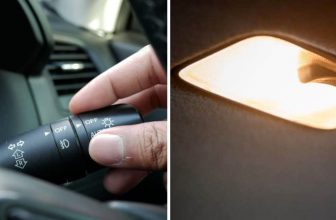How to Fix Parking Aid Malfunction
If you’ve ever had trouble parking your car, you may have depended on the help of a parking aid. Parking aids use sensors to determine how close your car is to an object and then provide feedback to help you park perfectly every time. However, sometimes these sensors can malfunction, leading to frustrating and dangerous situations. In this blog post, we’ll show you how to fix parking aid malfunction sensor that’s not working properly. Read on for tips!
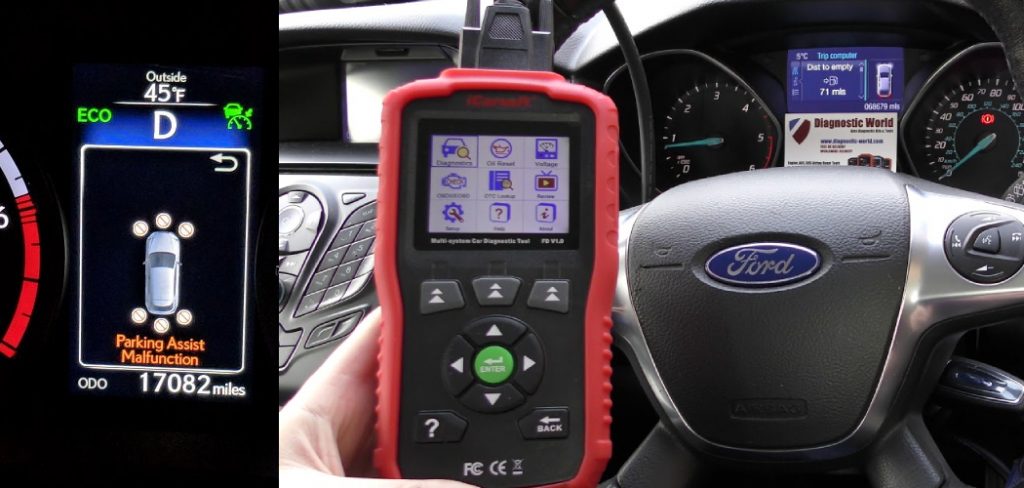
What Is a Parking Aid Sensor?
Parking aid sensors are a type of electronic device that aids drivers in parking their vehicles. The sensors emit ultrasonic waves or electromagnetic radiation to measure the distance between the vehicle and an obstruction. This information is then relayed to the driver, who can use it to park more accurately.
Parking aid sensors are especially helpful in tight spaces, where it can be difficult to judge how far away an object is. They are available as a built-in feature on some newer models of cars, or they can be added as an aftermarket accessory.
Why Should You Fix Parking Aid Malfunction?
Parking aid sensors are a great addition to any vehicle. They help to make parking easier and can even help to prevent accidents. However, like any other piece of technology, parking aid sensors can malfunction. If your sensor is giving false readings or is otherwise not working properly, it is important to have it fixed as soon as possible.
A malfunctioning sensor can cause you to misjudge your distance from other objects, leading to damage to your car or even an accident. In addition, a faulty sensor may give you false alerts, which can be annoying and distracting. By having your parking aid sensor fixed, you can ensure that it is working properly and that you can rely on it when you need it most.
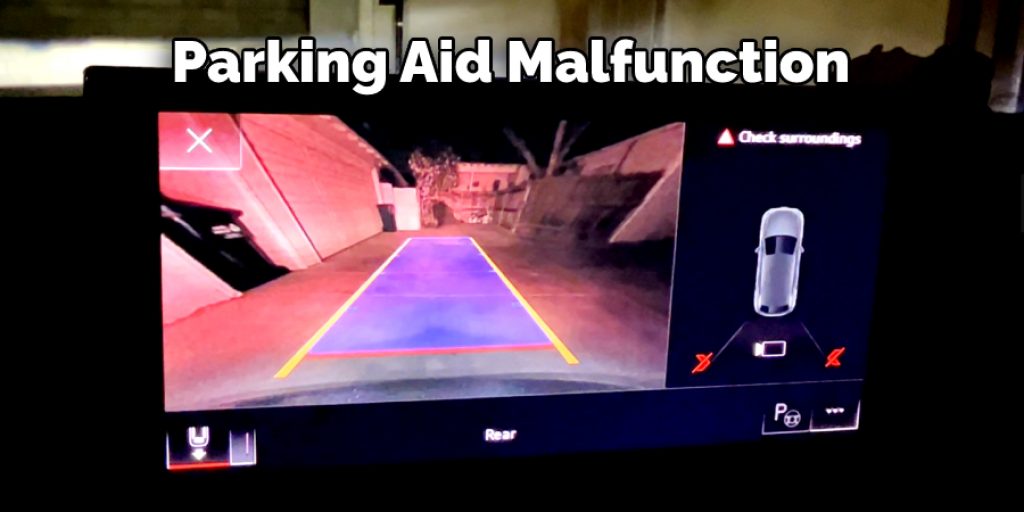
6 Ways to Follow on How to Fix Parking Aid Malfunction
1. Check the Parking Aid Fuses
The parking aid system has two fuses. One fuse powers the control module, and the other fuse powers the sensors. If either of these fuses is blown, the system will not function properly.
To check the fuses, first, locate them in the fuse panel. The fuse panel is usually located under the dashboard or in the engine bay. Once you have located the fuse panel, use a fuse tester or multimeter to test the fuses for continuity. If either of the fuses is blown, replace it with a new one of the same amperage.
2. Check the Parking Aid Sensors
The sensors are located on the front and rear bumpers of the vehicle. They use ultrasonic waves to detect objects in the path of the vehicle. If any of the sensors are obstructed or damaged, it can cause the parking aid system to malfunction.
To check the sensors, first, make sure that nothing is blocking them. Then, use a multimeter to test each sensor for continuity. If any of the sensors are damaged or not working properly, they will need to be replaced.
3. Inspect the Wiring Harness
The parking aid system is connected to the vehicle’s electrical system by a wiring harness. If any of the wires in the harness are damaged, it can cause the system to malfunction.
To inspect the wiring harness, first, disconnect the negative (-) battery terminal to prevent any electrical shock. Then, locate the parking aid control module, which is usually located in the trunk or under the dash.
Once you’ve found the control module, follow the wiring harness to its connection point. Check the wires for any signs of damage, such as fraying or cuts; if you find any damage, repair or replace the wire as necessary.
4. Clean the Sensors
The parking aid system relies on sensors to detect objects around the vehicle. These sensors can become dirty or covered in debris, which can cause the system to malfunction. To clean the sensors, first, locate them on the front and rear of the vehicle. Then, use a soft cloth or brush to remove any dirt or debris. Be careful not to damage the sensors while cleaning them.
5. Check the Parking Aid Control Module
If the parking aid is still not functioning properly, the next thing you should check is the parking aid control module. This module is responsible for controlling the operation of the parking aid, and if it is not working properly, the parking aid will not work correctly.
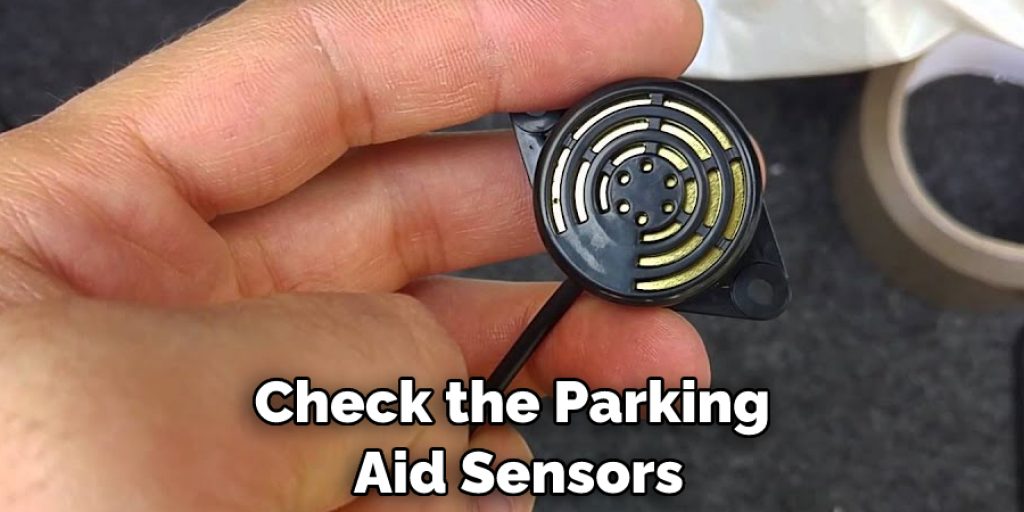
To check the module, simply locate it under the hood of your car and disconnect the battery. Once the battery is disconnected, remove the module and inspect it for any damage. If you find any damage, replace the module and reconnect the battery. If the module appears to be working properly, reconnect the battery and try operating the parking aid again.
6. Have the Vehicle Diagnosed by a Professional
If you have checked all of the above and the parking aid system is still not working, it’s time to take your car for a diagnostic test. Unfortunately, many modern vehicles have complex computer systems, and parking aid systems are often integrated with other safety features. As such, diagnosis and repairs can be difficult for the average do-it-yourselfer.
A professional mechanic or technician will have the tools and knowledge necessary to diagnose the problem and make the necessary repairs properly. Sometimes, the parking aid system may need to be completely replaced.
That’s it! You’ve now learned how to fix parking aid malfunction. But, remember, it’s always best to consult a professional if you’re having trouble diagnosing or repairing the problem.
Common Problems with Parking Aids
Parking sensors and other parking aids can be a great help when trying to avoid damage to your vehicle or those around you. Unfortunately, they are not perfect. Here are some of the most common problems with parking aids: false positives, software glitches, and sensor failure. False positives occur when the system incorrectly detects an object in your path, causing you to brake unnecessarily.
Software glitches can cause the system to malfunction, displaying the wrong information or giving incorrect warnings. Sensor failure is perhaps the most serious problem, as it can cause the system to fail to detect an obstacle in your path. While these problems can be frustrating, they do not always mean that parking aids are not worth using.
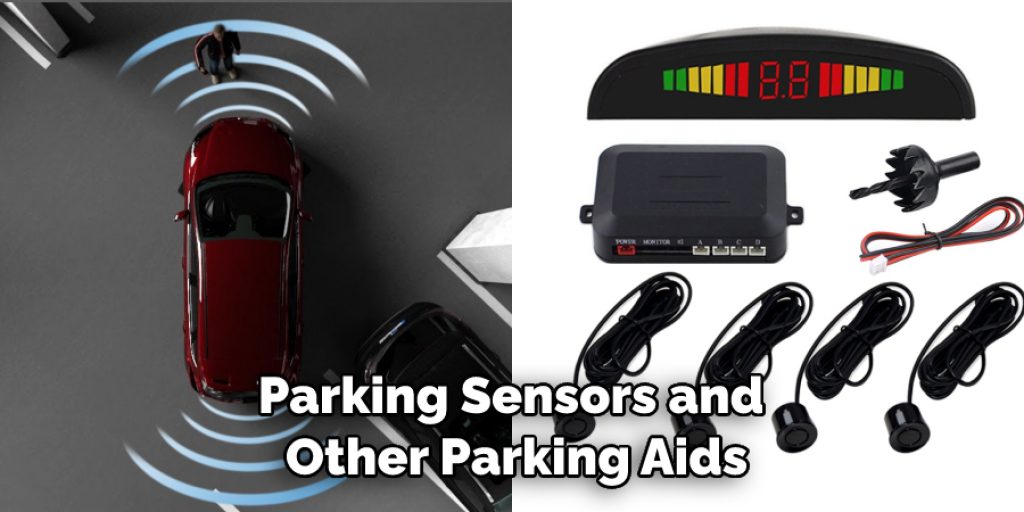
By being aware of these potential issues, you can help to ensure that your parking experience is as safe and smooth as possible.
Conclusion
If you are having problems with your parking assist, there is a quick and easy fix. Follow these steps to get your system up and running again in no time. Do you have any questions about how to fix parking aid malfunction? Leave us a comment below!



